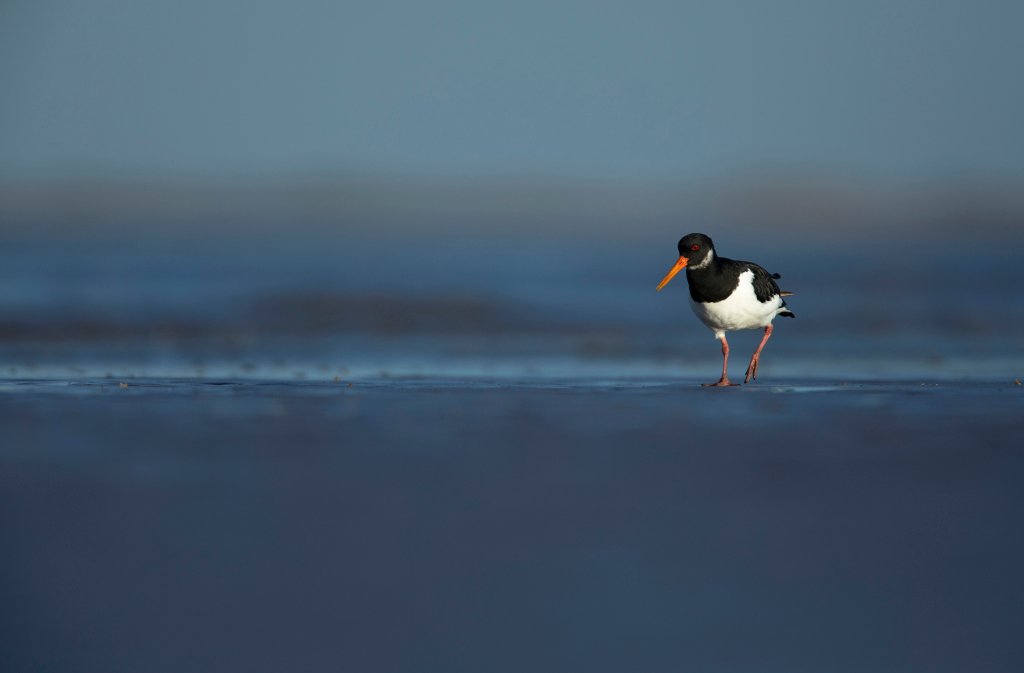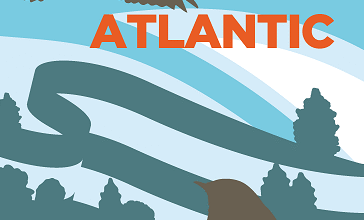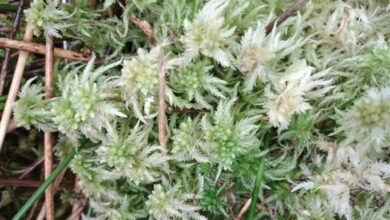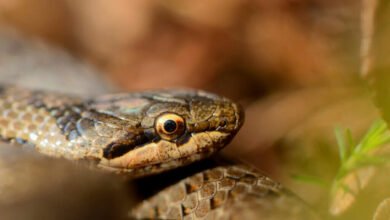UK’s oldest known Oystercatchers discovered on England’s East Coast Wetlands

- Two record-breaking Oystercatchers have been found on England’s East Coast Wetlands, setting new records as the oldest of their kind in the UK.
- A new national record of 41 years and 8 months was beaten within weeks by a second bird confirmed as 43 years old, more than three times the average lifespan for Oystercatchers.
- The two records highlight the vital role England’s East Coast Wetlands play by supporting internationally important bird populations and the need for greater protection to secure their future.
Conservationists are celebrating after finding two record-breaking Oystercatchers within just one month of each other on England’s East Coast Wetlands. The discovery of the oldest Oystercatchers in the UK highlights the vital importance of these coastal wetland habitats for these and many other, long-lived waterbirds that rely on them every year for their food and survival.

A team of volunteer bird surveyors and recorders from the Wash Wader Research Group (WWRG) discovered the first Oystercatcher at RSPB Snettisham in Norfolk. The bird was confirmed as being 41 years and 8 months old, making it the oldest recorded Oystercatcher in the UK and beating the previous record by three months. The same group recorded yet another Oystercatcher on the same coastline just one week later. This bird was confirmed as 43 years old, a record-breaking age for a species with an average lifespan of 12 years.
Oystercatchers are large, stocky wading birds with black and white plumage. They have reddish-pink legs, and a distinct orange-red bill used to probe the beach for cockles and mussels. Oystercatchers can be seen along most UK coastlines and can be heard making the familiar “peep-ing” call.
Jacquie Clark from the WWRG said: “It was amazing to find the first Oystercatcher and confirm it was the UK’s oldest, but we’re even more stunned that it’s all happened again within just a few weeks. To find an even older bird on the Wash is astounding, it just shows how crucial this huge coastal wetland is for these birds.”
The birds’ ages were established via the details on their leg rings. Investigations showed the first bird had been ringed as a chick during 1983, likely at RSPB Snettisham. Bird ages can only be confirmed from when an individual is ringed – since the second bird was already three years old when fitted with a leg ring in 1982, it is possible they are 46 years old.
Jacquie added: “Both birds have probably spent every winter here since they were ringed. We know from our long-term ringing studies that Oystercatchers, and many other species of wading birds are very site faithful, once they find a good wintering site, with good feeding and safe places to roost, they’ll just keep coming back year on year.”
The discovery of these two long-lived birds highlights how important the East Coast Wetlands are for their survival. It’s likely that over-wintering sites favoured by the Oystercatchers will have been passed down through generations much like migration routes.
Jim Scott, RSPB estate operations manager for Titchwell Marsh and Snettisham reserves, said: “The Wash is the single most important coastal wetland in the UK for migrating and over-wintering wading birds, ducks and geese, supporting up to 400,000 waterbirds each year. Up to 26,000 of these are Oystercatchers, making the Wash a site of international importance for this species, as it is for many others. The records of these two birds illustrate just how important it is to protect England’s East Coast Wetlands. Like so many wading birds that repeatedly spend the autumn and winter here, Oystercatchers rely on The Wash mudflats for food as they are jam packed with invertebrates such as ragworms, snails and shellfish. So, in some ways it’s not really a surprise that these two record breaking Oystercatchers choose to spend every winter here.”
Bird ringing in Britain and Ireland is coordinated and licensed by the British Trust for Ornithology (BTO). Details of ringed birds are always checked with the BTO, who confirmed the records of both birds. It has been used as an important scientific technique to monitor wild bird populations for over 100 years and provides important details and records about a range of species.
Dr Ellie Leach, Head of the BTO’s ringing scheme, said: “Bird ringing originated as a means of studying bird movements, but it also provides vital information about how long they live, which can help conservationists to understand why numbers are falling or increasing. These two Oystercatchers have reached an age greater than many of the ringers who were involved in catching them, which is amazing! Thanks to the wonderful volunteers, who invest so much time in recording the birds, and to the landowners who support their efforts, we know that the average Oystercatcher lives for 12 years, but birds in their 20s and 30s are regularly recorded, so these two birds are old but not completely unexpected.”
Due to their global importance for migratory birds travelling along the ‘East Atlantic Flyway’, England’s East Coast Wetlands were added to UNESCO’s tentative list for World Heritage status in 2023. If successfully nominated by UNESCO, the East Coast Wetlands, including Norfolk’s very own RSPB Snettisham, could join a list of some of the world’s most iconic natural sites, such as the Great Barrier Reef, the Galapagos Islands and Mount Kilimanjaro.
To ensure the continued protection and sensitive management of the East Coast Wetlands the RSPB has launched a new appeal to ensure sites like RSPB Snettisham can provide vital habitats for migratory birds for generations to come. You can find out more and donate at: https://www.rspb.org.uk/donate/east-coast-wetlands
ENDS
[registration_form]
Source link




